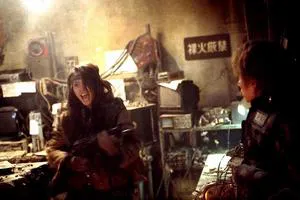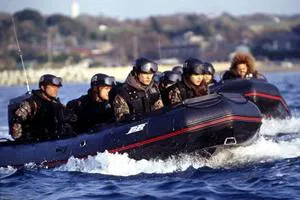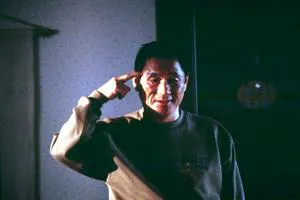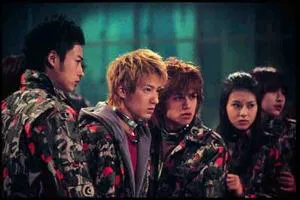A Radical’s Last Stand: Fukasaku’s “Battle Royale II” and the Perils of Genre
The late Kinji Fukasaku, in his final work, offered some surprisingly radical ideas. While it’s often said that “he who wasn’t a radical in his youth and doesn’t become a conservative in old age is a fool,” Fukasaku’s “Battle Royale II” suggests otherwise. The film, started by Fukasaku, who began his career as a young man working in a munitions factory under fire, opens with a list of countries bombed by “that country,” from Korea and Vietnam to Libya and Afghanistan. The film posits that to avoid further conflict with this unnamed aggressor, Japanese adults orchestrate a small, internal war. They create terror to eradicate it, all in the hopes of avoiding being bombed themselves.

“Battle Royale II” uses anti-American and pro-Palestinian sentiments to satirize the concept of ideological terrorism, presenting it not as a mere scarecrow but as the only means of resisting a greater terror. A scene between a teacher and the Prime Minister is particularly striking in its execution and substance. Fukasaku, unlike some political figures, possesses a unique perspective. Even with this perspective, as he clung to life, he criticized a life lived without children and dominated by computers under American influence, suggesting there’s something to his critique. The Japanese adults wage this internal war against children. While the first film was a pure genre piece – a bloody, high-tech chase – Fukasaku aimed to philosophically ground life as a terrorist underground in the sequel, without compromise. In the context of a computer game, this is especially relevant: you can live if you want, or just play.

A Son’s Misguided Vision
Unfortunately, Fukasaku passed away during filming, and his son, Kenta, completed the project. Kenta, seemingly lacking his father’s vision, steered the film back into genre territory, diminishing its impact. He takes another class of students, fits them with explosive collars, and forces them to fight other children – the survivors from the first film – on a small island. The new students are also reluctant to fight, leading to bloodshed even before they arrive. The landing, raid, attack, and subsequent chaos are simply a sea of red paint.

Visuals and a Lost Narrative
Enduring the dismembered limbs, gunfire, explosions, and booby traps would be worthwhile if the film offered a fresh perspective on life. The film’s visuals – hills, valleys, ruins, underground passages, and practical effects reminiscent of Tarkovsky’s “Stalker” – are compelling. One can live well among broken windows and bare lightbulbs, even nursing infants. The visuals are effective until the drama collapses. The narrative simply ends, yet the film continues, and continues.

From “Battle Royale” to “300”
With over an hour remaining, the film devolves into a “300”-esque series of deaths. The 299th Spartan falls, then the 298th, and so on. The Japanese mentality, while admirable in many ways, can also be prone to exaggeration. In the tradition of old mask theater, the actors overemphasize their expressions and intonations, resulting in wild-eyed screams. Furthermore, the film includes tedious relationship drama between the students, dragging on until even the most patient viewer is nauseated. This tendency to prolong scenes is evident in other works, such as Kim Ki-duk’s “Bad Guy,” which featured multiple endings.
The cameos by Takeshi Kitano do little to salvage the film. In the end, one is left speechless. Anyone who manages to watch this flawed film to the end will honor Kinji Fukasaku more than his son, Kenta, did.